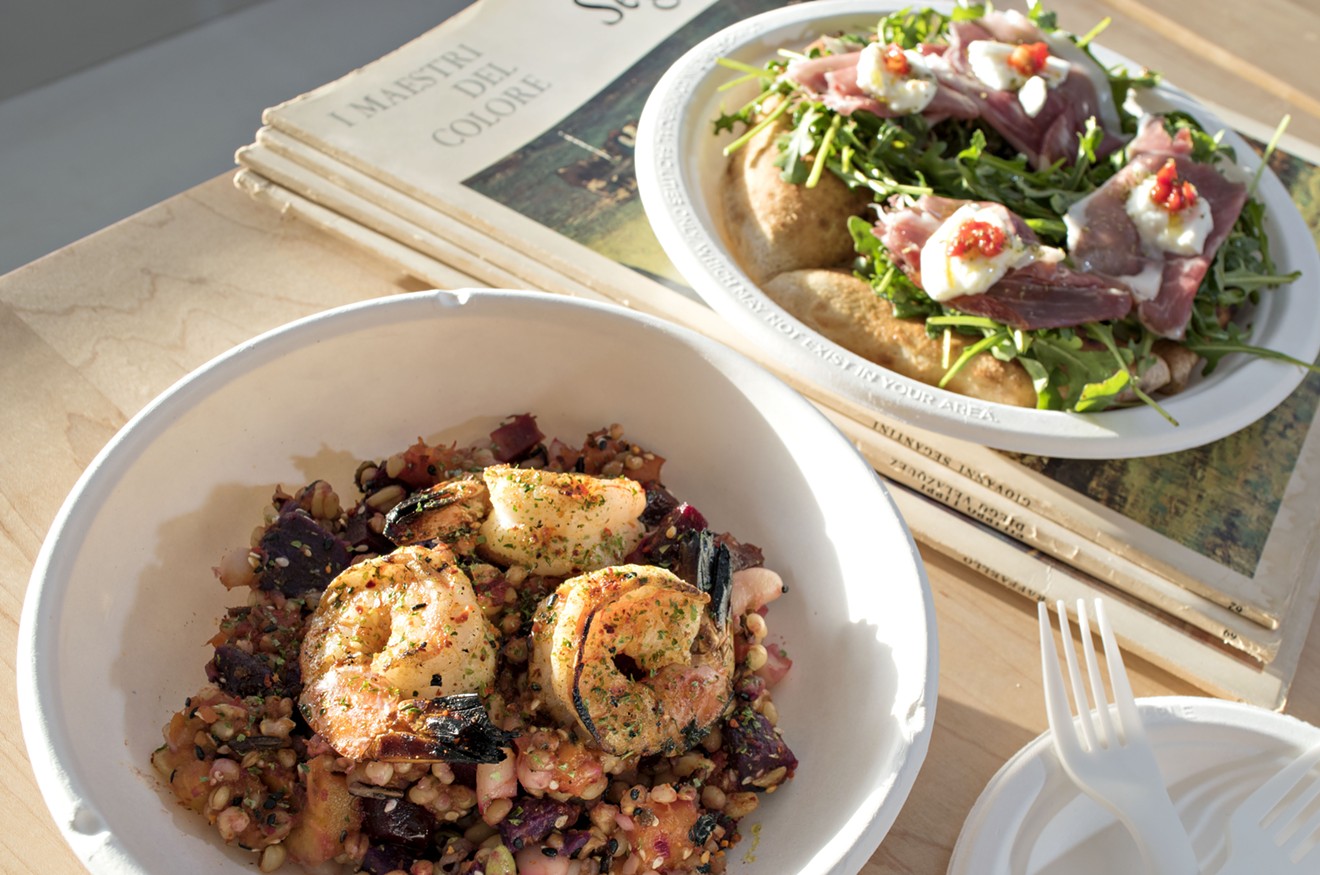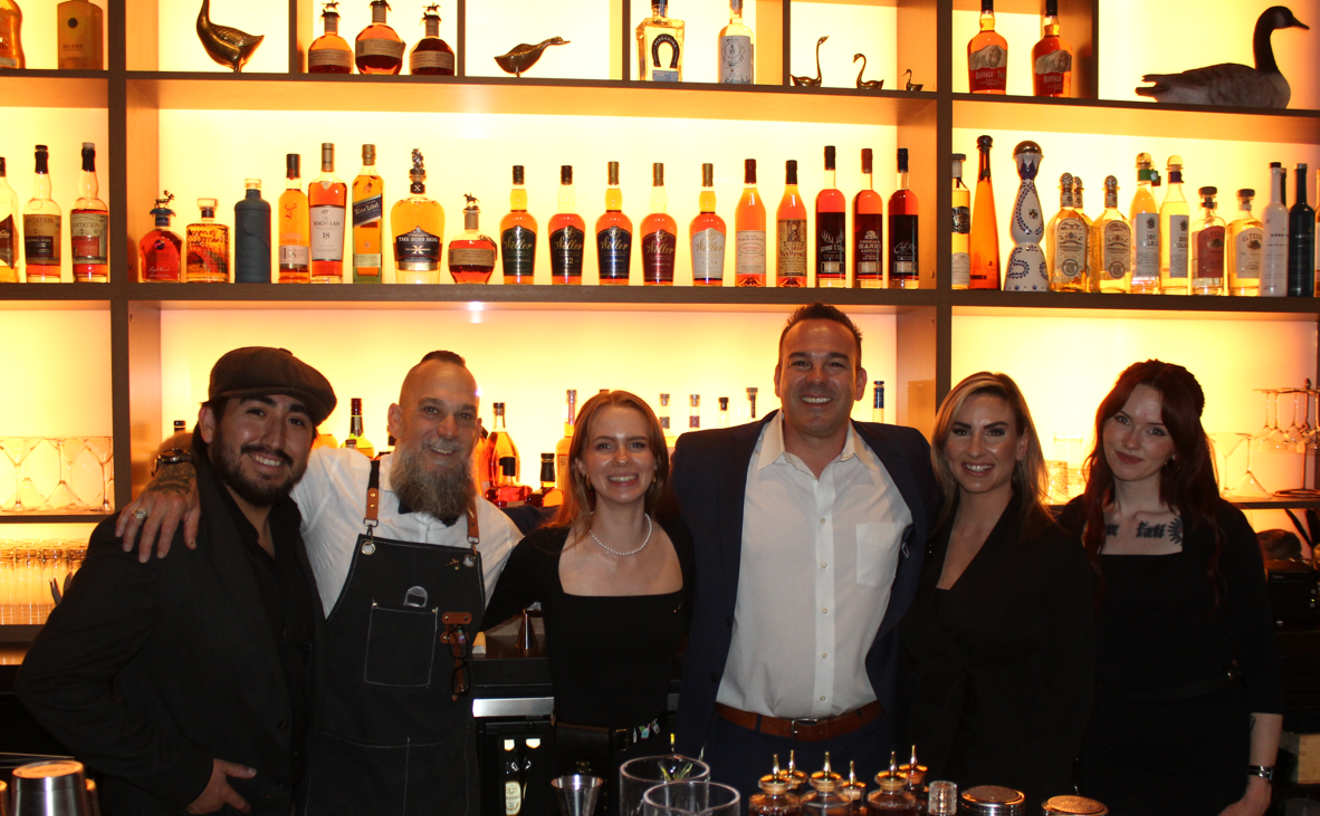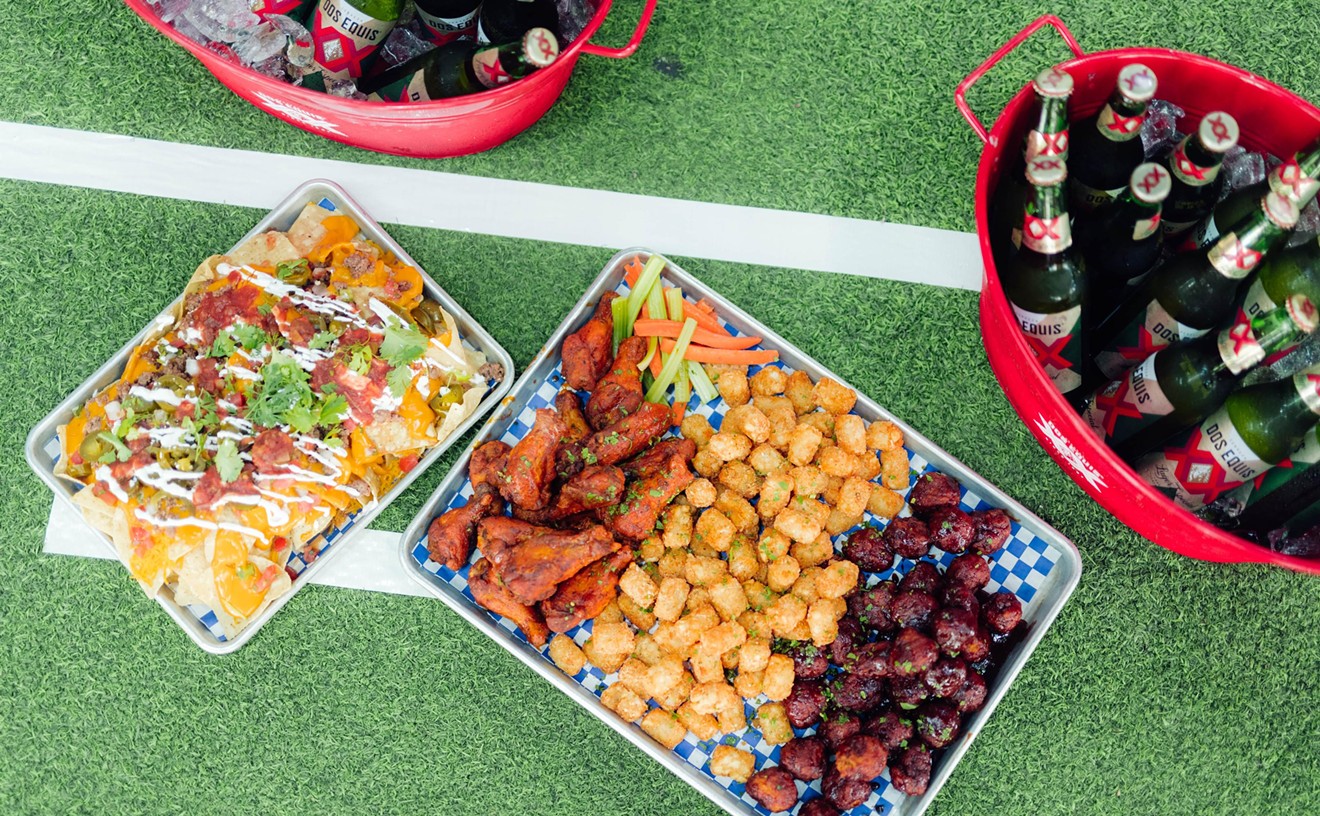This story was originally published on December 11, 2018.
Something that can be refreshing about the Phoenix food scene is that we aren't hostage to national trends. Some flourish here, while others seem to pass by as they ricochet from coast to coast; we have propensities and trends that other cities don't, or have but to different degrees. The fading year was a good one for our food scene. We got a handful of new restaurants that add thoughtful, unique dimensions to our food culture, that make the city better. Here's what to look for in 2019.
1. More Wood as a Culinary Heat Source
Phoenix diverges from other food cities in that many of our best restaurants cook with radical simplicity. Meals at places like Pa’La and Roland’s can feel spartan at times. Just a few ingredients. Fired simply and with skill. The result: quesadillas with pink meat, black char, and no flaws (Roland’s), Sea of Cortez white shrimp that leak rich juice into tasty grain bowls (Pa’La).
Both restaurants use wood as a culinary heat source. (Pa’La uses both a wood-fired oven and grill.) There is something soulful and primal about cooking with wood, something that mirrors the harsh vastness and out-of-time quality of the desert.
Wood-fired cooking suits the Sonoran. It suits the simple style of one school of food thriving here.
These days, new restaurants often have wood heat sources as centerpieces of what they do. Roland’s was a major one from 2018. Another was Ghost Ranch, where, sitting at the white-and-spearmint tiled bar, you can see chefs tending darkly glistening steaks and slabs of fish over smoking grates. The grill uses mesquite and almond wood, flames leaping to rib eye, half chickens, trout from Chula Seafood.
(Smoking food, of course, also uses wood to create heat. And we have a sprawling barbecue scene.)
Look for more wood-fired cooking to come our way in 2019.
2. Continued Movement Away From IPA
Locally, 2018 may have been the year that drinkers really broke from the IPA. You still see IPAs made here. You still see people drinking them. You still see turgid “hazy” IPAs in great numbers. But they no longer anchor beer lists to the detriment of other styles. And it was only a few years ago that craft drinkers seemed to be lasered in on the IBU-heavy brews. Given what people are drinking now, that feels ancient.
Simple beers with German accents have been surging in popularity. Goldwater Brewing's underground lager tanks are a cool feature of our craft beer scene, and not just because they’re air-conditioned. In Tempe, Pedal Haus sells a ton of its Light Lager. Wren House’s kolsch and staple lager have loyal followings and flow clean and cold through taps at places like Pizzeria Bianco.
Simple beers like these let brewers flex their muscles in new ways. When brewing a Marzen from nothing but beer’s classic ingredients, there are no fruit, spices, or lactose to hide behind.
German-style beers are just one area of craft brewing that will continue to balloon into 2019. Look for sours, wild ales, low-ABV session beers, and even stouts (yes, you can find great stouts in the desert) to keep carving into IPA’s former real estate.
3. Creative, Delicious Ways of Reducing Food Waste
The profit margins in restaurants are famously thin. Food costs are high, especially for chefs who source heady ingredients. The world is full of people who go hungry. The world is growing warmer. For so many reasons, in 2018 and beyond, it makes sense to minimize food waste.
Some of the Valley's pioneering chefs are doing just that.
Earlier this month, we wrote about some of the ways Stephen Jones of the Larder + the Delta is using leftover odd bits of the vegetables he sources. Jones compiles and burns scraps, like onion skins, yielding a savory ash he uses for garnish and seasoning. He also turns green scraps into dressing.
At The Breadfruit, chef Danielle Leoni's thinking about waste encompasses everything from air conditioning to the cardboard boxes farmers use to deliver vegetables. She finds creative second uses for lemons pressed for juice for the bar, even makes a simple syrup from red pepper scraps.
Charleen Badman is similarly resourceful at FnB. Badman gets serious mileage out of leftover bread, making bread crumbs for pasta and, recently, delicata squash and Corona bean dishes. Always striving to employ new means of reducing waste, Badman just started toasting seeds from dry guajillo, cascabel, and ancho peppers, grinding them for adding to yogurt. Whenever Badman makes harissa, she uses 120 guajillo peppers. That's a lot of seeds to save and toast.
Look for the example of these chefs to be followed in 2019 and beyond, as kitchen creativity continues to thrum and environmental pressures to build. Let's hope, too, that this practice is more than a trend.
4. Food Instagram Directional Change
You and I both know that some of the best food is brown. Burritos. Game meats. Dumplings and pasta. Bread. Food on Instagram has gotten so weird and twisted that brown food, in some circles, is out. I can’t shed much insight into the alchemy of what makes an image broadly attractive on Instagram. But I can tell you what people tend to like in droves: Colorful food that looks nuclear, brownie-topped 4,000-calorie milkshakes, insane portions (in a largely obese, diabetic society), and food created just for photographs.
Do the people posting some of this stuff eat this way? Do they even know how a milkshake is made?
In the heavily trafficked food spaces of Instagram, fraud is rampant. What you often see is not life as life is, but life rigorously edited, life stripped of its dark, ugly, and messy elements, which are the very things that make life vibrant and interesting.
We live in a time when food is rapidly evolving, reaching new heights all over the world. The real stories are much more interesting than the bullshit. I don’t know how much longer an increasingly intelligent eating public will be able to consume cheese pulls, Crayola-colored food, and other vapid Instagram content.
5. Arizona Food Gets Further Definition
People who follow national food awards are constantly bummed because we rarely get any. That may be in part because the food of Arizona generally lacks an identity. What is Arizona cuisine?
Ask 10 people and you’ll get 30 different answers.
Earlier this year, I wrote about a cuisine that is in the early stages of emerging in Phoenix, a style of sourcing and cooking that I call New Arizonan cuisine. You can find world-class Italian in New York. You can find seafood shack nirvana in New England. You can find distinct cuisines in New Orleans, the Pacific Northwest, Hawaii, the South, Appalachia, and so on. What a select group of New Arizonan culinarians have been starting to do could give central Arizona a culinary identity.
I’m thinking about the chefs I followed in that feature: Brett Vibber of Cartwright’s (using acorn flour in pasta), Tamara Stanger of Cotton & Copper (using barrel cactus in semifreddo and pie). I’m thinking about Arizona Wilderness Brewing lassoing ambient yeast to catalyze a wild air in the Flagstaff woods, about cholla buds, ocotillo flowers, wild sumac, and mesquite flour.
This kind of cooking and approach to food is electric. It’s the kind of food deeply tied to place, the kind that not only reflects where we live, but a local cuisine you really want to show people visiting the state.
If we are lucky enough for this cuisine to continue defining itself, other chefs may join in.
[
{
"name": "Air - MediumRectangle - Inline Content - Mobile Display Size",
"component": "18478561",
"insertPoint": "2",
"requiredCountToDisplay": "2"
},{
"name": "Editor Picks",
"component": "16759093",
"insertPoint": "4",
"requiredCountToDisplay": "1"
},{
"name": "Inline Links",
"component": "17980324",
"insertPoint": "8th",
"startingPoint": 8,
"requiredCountToDisplay": "7",
"maxInsertions": 25
},{
"name": "Air - MediumRectangle - Combo - Inline Content",
"component": "16759092",
"insertPoint": "8th",
"startingPoint": 8,
"requiredCountToDisplay": "7",
"maxInsertions": 25
},{
"name": "Inline Links",
"component": "17980324",
"insertPoint": "8th",
"startingPoint": 12,
"requiredCountToDisplay": "11",
"maxInsertions": 24
},{
"name": "Air - Leaderboard Tower - Combo - Inline Content",
"component": "16759094",
"insertPoint": "8th",
"startingPoint": 12,
"requiredCountToDisplay": "11",
"maxInsertions": 24
}
]















